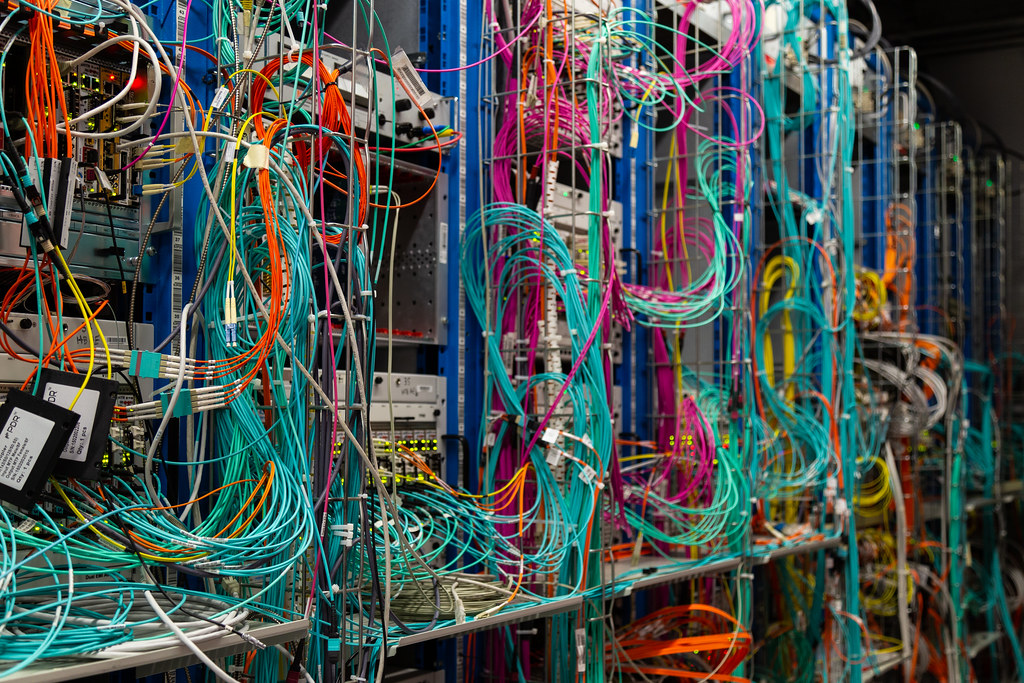FREE ACCESS 2026 National Electrical Code
Branch circuits relevant to modular classroom buildings are primarily addressed in Article 120: Branch Circuits (formerly Article 210 in previous editions). This article covers requirements for branch-circuit sizing, overcurrent protection, outlets, and general installation rules for circuits up to 1000 volts AC or 1500 volts DC. Key sections include:120.19: Conductor sizing and derating.
120.20: Overcurrent protection.
120.21: Receptacle outlets and tamper-resistant requirements.
120.23: Specific rules for appliances and fixed equipment.
For outside branch circuits, see Article 267: Outside Branch Circuits and Feeders over 1000 Volts AC or 1500 Volts DC, Nominal (if applicable to higher voltages).Feeder Circuit RulesFeeder circuits are primarily addressed in Article 121: Feeders (formerly Article 215 in previous editions). This article details feeder conductor sizing, grounding, and disconnecting means for circuits supplying branch circuits or sub-feeders up to 1000 volts AC or 1500 volts DC.Key sections include:121.2: Minimum rating and sizing.
121.3: Overcurrent protection.
121.4: Feeders as branch circuits (when applicable).
Outside feeders are covered in Article 267: Outside Branch Circuits and Feeders over 1000 Volts AC or 1500 Volts DC, Nominal (for higher voltages) or cross-referenced in Article 267 for general outside installations.
For modular school buildings detached from the main building with pre-installed single or three phase wiring systems, designers must choose between a separate service drop from a merchant utility or tapping into an existing source from the nearby school building.
Modular classroom buildings, often prefabricated and portable, require special attention in electrical power design to ensure safety, compliance, and functionality. The 2026 National Electrical Code (NEC) emphasizes proper sizing of branch circuits (Article 120) and feeders (Article 121) based on load calculations (Article 122), accounting for lighting, HVAC, and technology demands. Designers must consider temporary or relocatable installations, ensuring grounding and bonding comply with Article 250 for safety. Flexible wiring methods, like cord-and-plug connections, may be needed for portability, per Article 400. Modular units often face environmental challenges, requiring weather-resistant materials and equipment (Article 110). Surge protection (Article 285) is critical to safeguard sensitive classroom electronics. Accessibility for maintenance and inspections, per Article 110.26, is vital due to compact designs. Finally, compliance with local codes and coordination with utility connections ensure reliable power delivery for educational environments.
We have tried for several cycles to change the “Type of Occupancy” listing in NEC Table 220.12 to reflect more granular definition for School/university and Sports arena lighting load calculations. We will have another chance in the 2026 NEC. [Public input is due September 10th]
Public Input Closing Date: September 7, 2023
4 February 2021
Let’s start marking up the 2023 National Electrical Code, shall we? We will collaborate with IEEE Standards Coordinating Committee 18 — the committee that follows NFPA electrical safety consensus products and coordinates the response of IEEE electrical power professionals.
A good place to start is with the transcripts of the 2020 revision — AVAILABLE HERE for free. We look for proposals that failed for one reason or another; holding fast to our hunch that changes to the ampere load requirements that appear in the prescriptive statements to designers and inspectors of Chapter 2 could changed. The 2020 transcripts of Code-Making Panel 4 are linked below:
Code‐Making Panel 2 Public Input Report (991 Pages)
Code-Making Panel 2 Public Comment Report (402 Pages)
We have been trying for several NEC revision cycles to change the “Type of Occupancy” tabulations of Table 220.12 to reflect more granular definition in the Volt/Ampere requirement of 33 VA/m2 (3 VA/ft2) for School/university and Sports arena. Some of the problem in Table 220.12 regarding electrical loads in education facilities lies in its foundation built upon the International Building Code; the remainder of the problem lies with the education facility industry itself; described in detail in our ABOUT.
The good news is that the NFPA Fire Protection Research Foundation (FPRF) recognizes the problem and is acting on it; described in previous posts and in its project portfolio. Keep in mind that Standards Michigan, the original voice of the user-interest for education facility industry in the global standards system, has to compete with other, competitor stakeholders who make their market in this and in other consensus products accredited by the American National Standards Institute.
Public input for the 2023 National Electrical Code is due September 10th. We will collaborate with the FPRF and the IEEE Education & Healthcare Facilities Committee, and others, to get informed public input to Code-Making Panel 2 and the NEC Technical Correlating Committee. See our CALENDAR for our next Electrical & Telecommunication teleconference, open to everyone.
Issue: [19-201]
Category: Electrical
Colleagues: Mike Anthony, Scott Gibb, Jim Harvey, Kane Howard, Paul Kempf, Philip Ling, Jose Meijer
LEARN MORE:
IEEE Industrial Applications Society: The safety and economic benefit of reduced power design densities permitted in the 2014 National Electrical Code (Anthony, Ling, Meijer)










